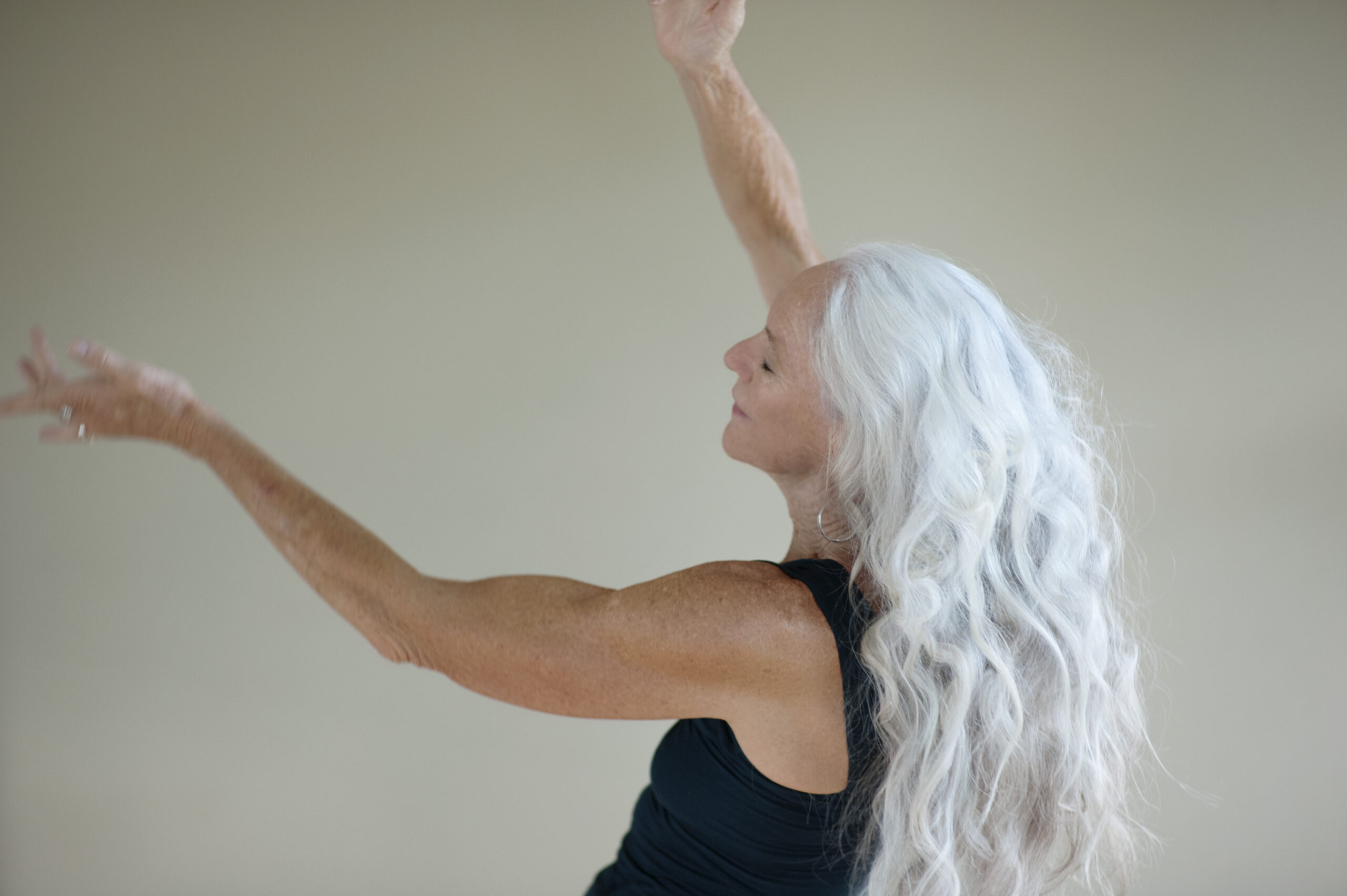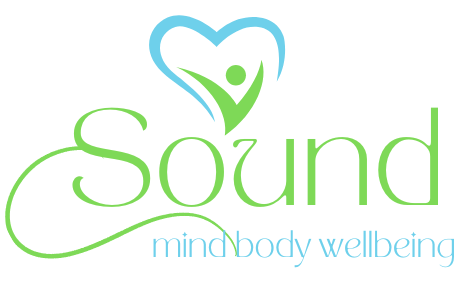
Moving Connections is a body-oriented programme of group sessions, using movement psychotherapy and somatic awareness. It helps individuals explore their emotions, thoughts, and experiences, for better mental wellbeing.
Creative movement is a way of processing emotions and unsticking patterns held in the mind and body. . The session is guided, but the movement will come from the participants. Dance skills and ability are not necessary.
Movement Therapy is not like a dance class or fitness workout, but instead offers an opportunity to develop embodied awareness and expression in a safe and supported way. Participants are encouraged to explore their own movement through awareness and improvisation and the session usually ends with a time of reflective relaxation. Guided by a qualified Movement Psychotherapist, the movement aspects are not taught, and they don’t require any experience or skill. The underlying principle is that body, mind, and emotions are interconnected. Therefore changes experienced physically are reflected in changes on emotional levels as well. The improvised content is guided, but the movement is generated by the participants allowing their body to respond authentically. In this way, they are exploring their own stories with embodied awareness through movement.
The sessions draw on a range of therapeutic movement modalities, often using imagery or visualisation to prompt movement or bring focus. There is no right or wrong way to move. The intention is not to perform or create, but to deepen awareness of the connection between mind and body. In this way, embodied self reflection which can lead to more freedom in the body, bringing focus to the mind and a sense of peace to the spirit.

Every session is different, but generally involves movement, reflection, body awareness and mindful relaxation. No one is expected to do anything they don’t want to – everything comes from the participant themselves. Participants may remain seated for all or part of the session and stillness is always an option.
What happens in a session?
As well as movement, there will be somatic aspects too, such as breathwork. There is always body awareness, to recognize tension in the body and encourage calming thoughts.
Depending on the context, they may also include pendulation, which guides people from tension to a relaxed state, or resourcing, which helps promote feelings of calm and safety,
Sessions are an hour long. They all start and end seated in a circle and follow a similar structure:
- Check In
- Warm up
- Preparation
- Creative/movement activity
- Reflection
- Relaxation
- Closing
Key Characteristics
Movement as Communication:
Using movement as a way to access and process emotions, thoughts, and experiences that might be difficult to express verbally.
Relational Process:
The relationship between the therapist and group provides a safe and supportive space for exploration and growth.
Creative and Empathetic:
Creativity and self-expression allow individuals to explore their inner world
Holistic Approach:
The interconnectedness of emotional, physical, cognitive, social, and spiritual aspects is key to an individual’s well-being
Non-Verbal Communication:
Verbal reflection does happen, but, non-verbal communication through movement and gesture is an important aspect of the process.
How does Moving Connections help with mental wellbeing?
Exploring Emotions
- Understanding and processing emotions in a safe and creative way.
- Releasing damaging, pent up emotions from the body. Shifting stuck patterns of thinking and feeling
Managing Stress
Becoming more aware of the body’s response to stress and learning to manage it
Improving Self-Awareness
Gaining a deeper understanding of emotions, thoughts, and behaviours.
Increasing Body Awareness
- Becoming more connected to the body and the sensations within.
- Developing Inner Resources Finding ways to express or manage overwhelming feelings or thoughts.
- Expanding communication skills and social interaction.
Overall, it can help with:
- self-esteem
- self-confidence
- personal autonomy
- self-expression
It can benefit:
- People experiencing anxiety or depression,
- People living with difficult life events.
- People who want to improve their self-awareness and self-esteem.
- Anyone seeking to enhance their emotional well-being.
